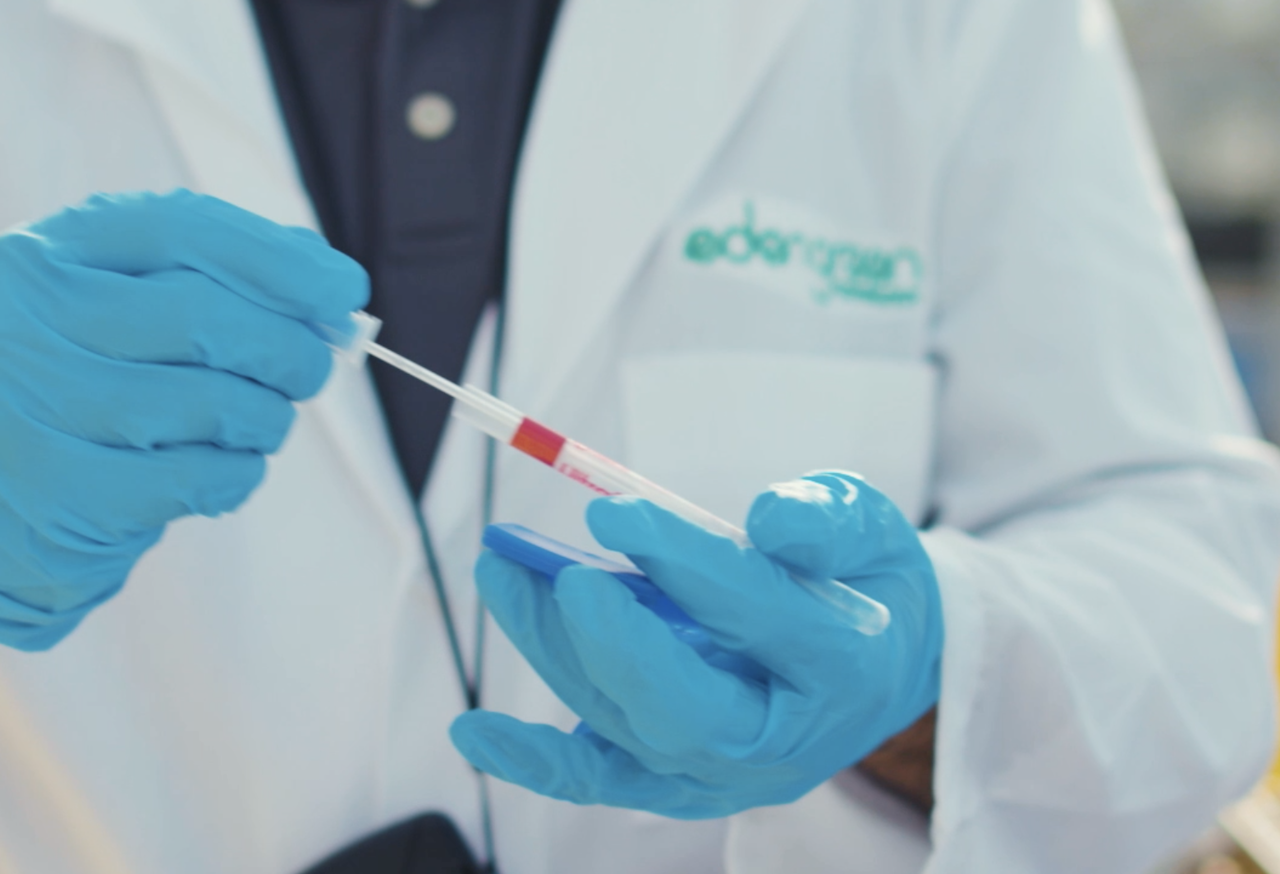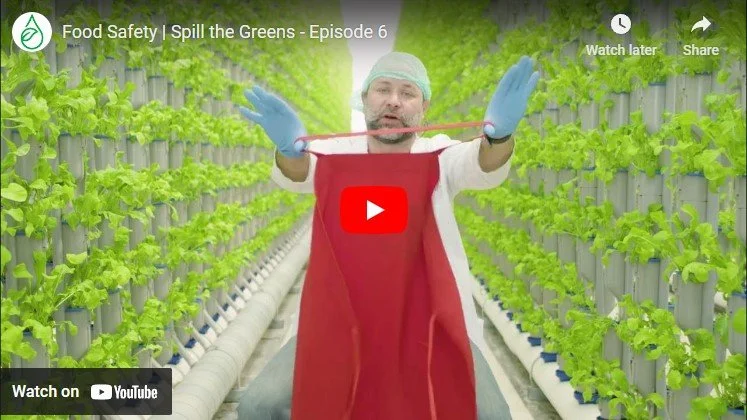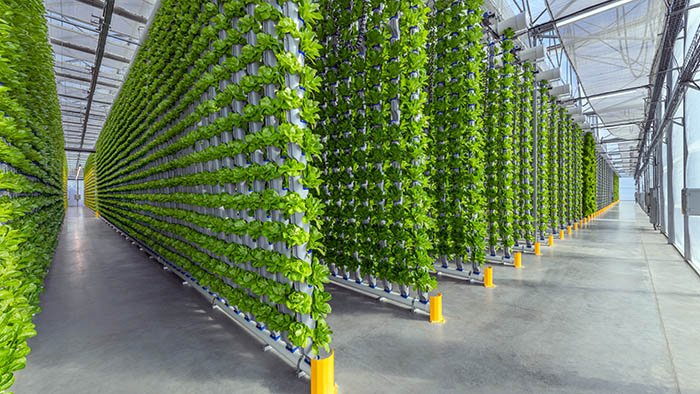How SQF Certification Can Benefit Your Business: 3 Levels of SQF
When you’re in the business of providing food to restaurants, retail, or directly to consumers, safety is essential. SQF certifications allow you to show buyers that you take safety seriously. Learn more about SQF certifications and what they mean for your business below.
What Is SQF Certification?
The Safe Quality Food Institute offers a certification program with three Safe Quality Food (SQF) levels. Level 1 is the easiest to achieve, while Level 3 is only granted to the safest food producers. This certification program is so rigorous and beneficial that the Global Food Safety Initiative (GFSI) has awarded it several GFSI recognitions.
There are many versions of the SQF food safety codes, depending on the type of food produced. These include:
Primary plant production
Primary animal production
Aquaculture
Food manufacturing
Pet food manufacturing
Animal feed manufacturing
Animal product manufacturing
Dietary supplement manufacturing
Storage and distribution
Manufacture of food packaging
Quality code
For this discussion, we’ll focus on the codes related to primary plant production from the current version, SQF Codes Edition 9.
SQF certification helps certify the safety and quality of our food supply. Products that meet SQF code requirements are demonstrably free from many potential contaminants, whereas those that do not comply with such standards may be contaminated.
The steps to achieve SQF certification are somewhat lengthy, and that’s by design. It’s not intended to be an easy process but rather an exhaustive one. But the benefit of going through such a process is that consumers can rest assured that your brand is safe and properly handled.
SQF Levels
As mentioned above, there are three levels of SQF certification. The most basic is the Level 1 certification, while the second and third levels get increasingly more stringent. If you want to ensure your products meet the highest possible standards, aim for SQF Level 3 certification.
SQF Level 1 Certification: Fundamentals
SQF Level 1 certification is the most manageable and represents the least strict standards. It’s best for those who produce low-risk food products that are rarely the subject of a recall. It’s also the first stepping stone on the path toward Level 3 certification. Businesses that achieve SQF 1 meet specific requirements related to Good Agricultural Practices (GAPs) for growers. It also covers Good Manufacturing Practices (GMPs) and Good Distribution Practices (GDPs).
SQF Level 2 Certification: Food Safety
After achieving Level 1 certification, you can aim for SQF Level 2 certification. Level 2 is the “Certified HACCP-Based Food Safety Plan” and is an adequate certification for many food types. It includes all the requirements of Level 1 with additional risk assessments related to Hazard Analysis and Critical Control Points (HACCP).
SQF Level 3 Certification: Food Safety and Quality
SQF Level 3 certification is the gold standard for SQF-certified businesses. It’s also called the “Comprehensive Food Safety and Quality Management System.” At this level, growers, manufacturers, and distributors must meet all of the requirements of levels 1 and 2 and more. They also need to take corrective action regarding any of the risks found in the Level 2 assessments and demonstrate an emphasis on quality and safety.
What Are the Benefits of SQF Certification?
Once you do a bit of research and learn all of the details regarding how rigorous and thorough these certification programs are, you may find yourself wondering if they’re really worth the effort. After all, many consumers don’t even know that they exist. While that’s true, there’s a deeper value here.
Food recalls are on the rise and have become almost commonplace in recent years, largely due to contaminants. The cost of even a single recall can reach millions of dollars and even more when you consider the long-term consequences to brand reputation. In order to avoid recalls and the contaminants that often cause them, food safety is a vital concern to any agricultural business. SQF Level 3 certification is an excellent way to ensure that your facilities and products are meeting the highest standards available, meaning recalls will be far less likely.
Beyond the financial impacts of food recalls, consumer confidence in your brand is an essential part of marketing your products. When you can show that your products meet or exceed the strict standards of a program like SQF certification, it goes a long way toward building public trust in the safety of your brand.
Wearing PPE in Our Vertical Greenhouse
SQF Certification and Food Safety Standards
Becoming SQF-certified is a lengthy process and requires plenty of time and effort to achieve. Here are some basic steps that all SQF-certified brands have undertaken:
Register with the SQFI database.
Choose an employee to oversee the entire certification process. This person will be your SQF practitioner. They must complete a HACCP-based training program and be able to implement and manage the standards from that training.
Decide which level of certification you want to achieve.
Produce adequate documentation, showing how your production system will meet the standards of the certification.
Implement the standards you outlined in Step 4.
You may choose to schedule a pre-assessment audit to see if there are any gaps in your processes and procedures that are likely to disqualify your brand from certification.
Decide which certification body you will use for your certification audit, and get on their schedule.
Complete the initial certification audit with the certification body you’ve chosen.
SQF food safety auditors will review your documentation and determine how effective your implementation has been. They will do an on-site audit and conduct interviews.
Once you’ve successfully passed the above steps, you can be granted certification. This is at the discretion of the auditors who have examined your operations and determined whether your safety practices are appropriately strict.
What is the Difference Between SQF and HACCP?
There are a number of food safety standards on the global stage, and HACCP is another of these.
HACCP stands for Hazard Analysis and Critical Control Points. It is one piece of the puzzle that goes into SQF certification in that the SQF program requires HACCP standards be met and exceeded.
Another food safety organization you may hear about is the Global Food Safety Initiative (GFSI). GFSI is an overseeing organization that recognizes certifications like SQF, FSSC 22000, and BRC.
Frequently Asked Questions
How Many Levels of SQF Certification Are There?
There are three levels of certification:
Fundamentals (Level 1)
Food Safety (Level 2)
Food Safety and Quality (Level 3)
Does an SQF Certificate Expire?
Yes. You must recertify annually to maintain your certification.
How Long Is SQF Certification Good For?
The certificate is valid for up to 75 days from the anniversary date of the initial certification (or recertification). This gives your facility time to schedule a recertification audit and complete the necessary steps to renew your certification.
What are SQF Food Standards?
SQF Food Standards are strict standards that measure and ensure food safety in the growing or manufacturing process.
Who Performs SQF Audits?
Audits are performed by SQF Auditors and Technical Reviewers who are registered with SQFI.
What Is the Difference between SQF Level 1 and Level 2?
Level 1 is the most basic level of SQF certification. Level 2 is a more strict standard than Level 1 and includes HACCP certification.
What Is the Difference between SQF Level 2 and Level 3?
Level 3 is the strictest level of SQF certification, while Level 2 is a mid-level certification. Level 3 incorporates the same standards as Level 2 but implements them in a more comprehensive manner.





